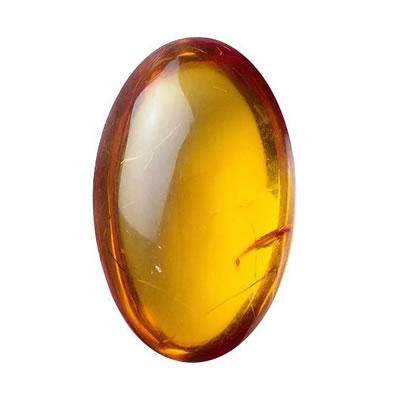Abalone

Abalone jewelry
Etymology and history
Abalone (from Spanish abulón) is small to very large-sized edible sea snails, marine gastropod mollusks in the family Haliotidae and the genus Haliotis. Common names for abalones also include ear-shells, sea ears, as well as muttonfish or muttonshells in Australia, ormer in Great Britain, perlemoen and venus's-ears in South Africa and pāua in New Zealand.
Abalone description
The shell of abalones has a convex, rounded to oval shape, and may be highly arched or much flattened. It is generally earing shaped, presenting two to three whorls. The last whorl (known as the body whorl) is auriform such that the shell resembles an "ear", giving rise to the common name ‘ear-shell’. It also has a series of holes near the anterior margin that are in fact respiratory pores that are used for the escape of water from the gills. There are four to ten of them, depending on the species. Abalones have no operculum.
Abalone in jewelry
The highly iridescent inner nacre layer of the shell of abalone has traditionally been used as a decorative item, in jewelry, buttons, and as inlay in furniture and in musical instruments such as guitars, etc Abalone pearl jewelry is very popular in New Zealand and Australia, in no minor part due to the marketing and farming efforts of pearl companies.
Occurrence
Natural abalone has been harvested from the Persian Gulf, the Gulf of Manaar (Indian Ocean), and the Red Sea for thousands of years. The coasts of Polynesia and Australia produce mainly cultured abalone. Both freshwater and saltwater abalone are cultivated in Japan and China. Freshwater pearls occur in the rivers of Scotland, Ireland, France, Austria, Germany, and the USA (Mississippi).
Talk to Our Jewelry Experts
Monday to Friday from 9AM to 5PM EST













